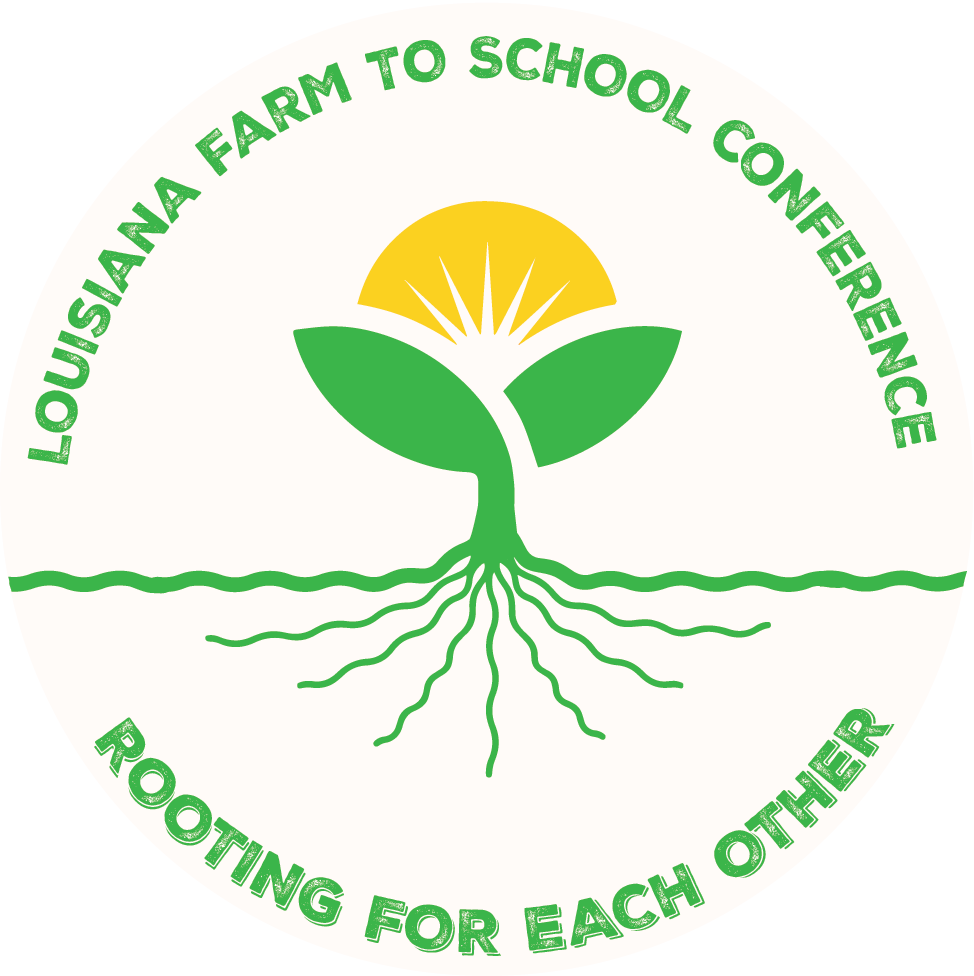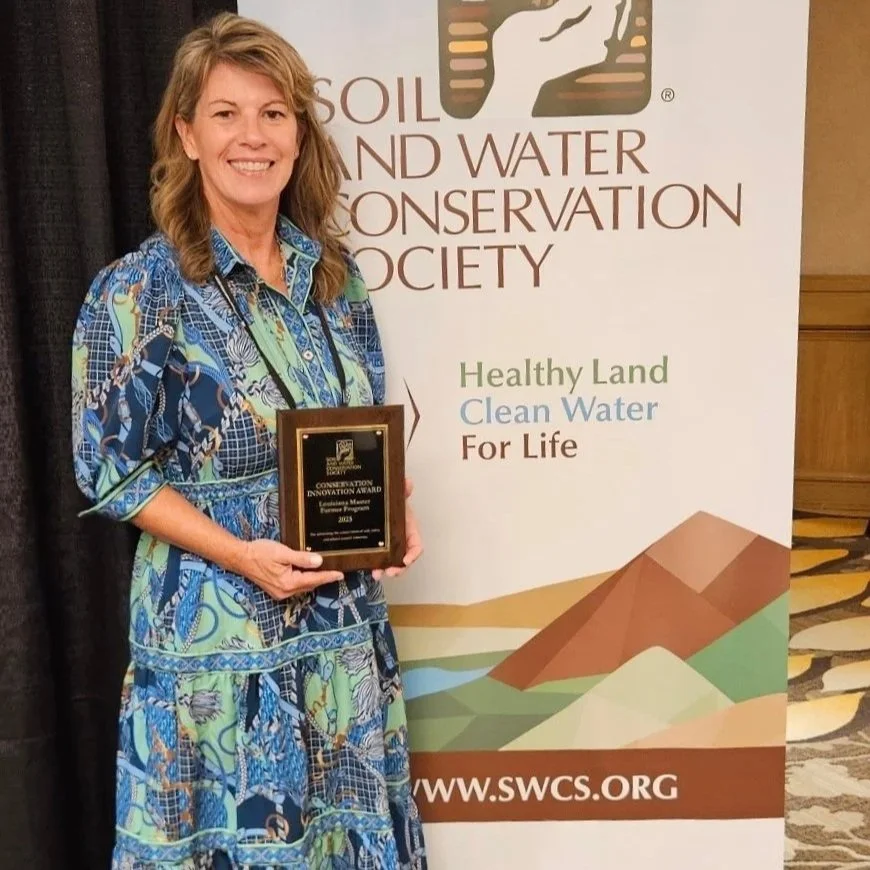Louisiana strawberry farmers regularly contend with a multitude of challenges, including labor costs, unfavorable weather conditions, insect and mite pests, and plant diseases. In February 2022, a new-to-Louisiana disease was identified when a Tangipahoa Parish strawberry grower asked me to look at a field where plants were dying.
Read MoreThe committee tasked with finding LSU’s next president will hire a Louisiana firm to guide its search.
At its first meeting Tuesday, the search committee announced it would work with SSA Consultants of Baton Rouge with the aim of finding a candidate by the end of the year. SSA’s experience primarily involves recruiting executives for the finance, general business, construction, health care, nonprofit and public sectors.
Read MoreThe pawpaw (Asimina triloba), America’s largest native fruit, is experiencing a resurgence of interest from chefs, brewers and native plant enthusiasts. The LSU AgCenter has been encouraging the cultivation of pawpaws in Louisiana through an annual Pawpaw Symposium in partnership with the Meraux Foundation and through extension education outreach to specialty crop producers looking to diversify their offerings.
Read MoreNational Oceanic and Atmospheric Administration-supported scientists recently announced that data reveal this year’s Gulf hypoxia, known as the dead zone, is 21% smaller than estimates predicted for June 2025. This is the 15th smallest measurement on record.
The goal of reducing the dead zone has been a joint effort by many, and therefore it is difficult to determine how much contribution or impact any one organization has had on this reduction.
Read MoreOn July 1, the National Association County Agricultural Agents presented LSU AgCenter extension specialist Ashley Edwards the award for Excellence in Livestock Production in 2025. Edwards received the award on behalf of a team of AgCenter beef cattle agents after a selection process that looked at extension agents from around the country.
Read MoreThis month’s 2025/26 U.S. corn outlook is for sharply higher supplies, greater domestic use and exports, and larger ending stocks. Projected beginning stocks for 2025/26 are 35 million bushels lower based on a slightly higher use forecast for 2024/25. For 2024/25, larger corn exports are partly offset by reductions in corn used for ethanol and glucose and dextrose. Corn production for 2025/26 is forecast at a record 16.7 billion bushels, up 1.0 billion from last month with a 1.9-million acre increase in harvested area and higher yield. If realized, this total would be 1.4 billion bushels more than the prior record set in 2023/24.
Read MoreThe Louisiana Farm to School Conference is back for its ninth year, bringing together educators, farmers, school nutrition staff, administrators and community leaders from across the state. Hosted by the LSU AgCenter Seeds to Success: Louisiana Farm to School Program, the event will be held Tuesday, October 8, at Pennington Biomedical Conference Center in Baton Rouge from 8 a.m. to 4 p.m.
Read MoreRosy Williams Bromell said if she can do something well, she probably learned it in 4-H. Bromell was one of 12 honorees inducted into the Louisiana 4-H Hall of Fame during a ceremony held Aug. 9 at the Grant Walker 4-H Educational Center in Pollock, Louisiana.
Read MoreA pair of natural disasters stunned south Louisiana in 2005.
When Hurricane Katrina hit the coast on Aug. 29 and Hurricane Rita followed on Sept. 24, much of south Louisiana sustained tremendous damage. The storms caused more than 1,100 deaths, according to the Louisiana Department of Health; displaced several communities; and led to $108 billion in damage, according to the National Weather Service. LSU AgCenter economists estimated that the state’s agricultural sectors sustained nearly $1.6 billion in losses from the storms.
Read MoreRosy Williams Bromell said if she can do something well, she probably learned it in 4-H. Bromell was one of 12 honorees inducted into the Louisiana 4-H Hall of Fame during a ceremony held Aug. 9 at the Grant Walker 4-H Educational Center in Pollock, Louisiana.
“I learned how to sew a little, how to cook, how to judge livestock, how to show cows and pigs and how to speak,” Bromell said. “I think the biggest thing that 4-H gave to me was my ability to be a leader.”
Read MoreIn southern Louisiana and Mississippi, oak trees are a common, beautiful sight in the natural landscape. However, recently, southern red oak trees have been showing concerning symptoms that resemble disease.
LSU AgCenter plant doctor Raj Singh wants to ensure that homeowners and foresters do not panic.
Read MoreThe Louisiana Master Farmer Program has won the prestigious 2025 Conservation Innovation Award from the Soil and Water Conservation Society for its work in advancing conservation practices across the state.
The Louisiana Master Farmer Program has provided voluntary certification opportunities for producers and landowners across the state for more than 24 years.
Read MoreAn LSU AgCenter field day held at a commercial sugarcane farm in Erath focused on climate-smart agriculture solutions that any farmer can implement.
Attendees were transported from the venue location to the field in air-conditioned, yellow school buses — a welcome getaway from the summer heat.
Read MoreOkra holds a special place in the hearts of many Louisianans. For some, it’s an essential ingredient in gumbo, and for others, it’s a must-grow crop in the summer vegetable garden.
It’s no wonder why: Okra is tasty and nutritious. It’s easy to grow and prolific, even in intense heat.
Read MoreAs we move into August we expect to see looper numbers increase in soybeans. These insects do not feed on pods, but cause injury by defoliating the plants, so relatively high numbers of loopers can be tolerated compared with pod-feeding insects. Treatment is recommended between R1 to R6 when defoliation reaches 20% or when looper numbers reach 19 per 25 sweeps. It is often suggested to ignore smaller worms (<1/2 inch) in counts because many will be culled by predators and entomopathogens.
Read More














